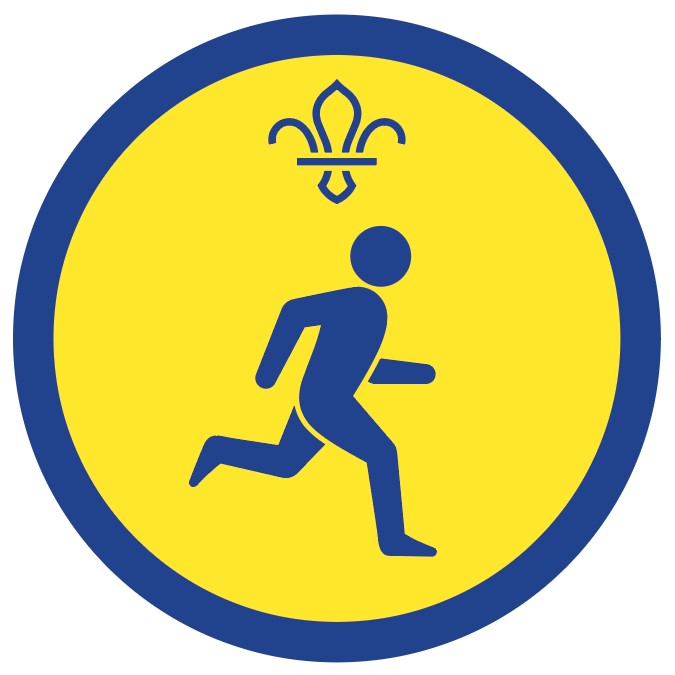
Sporty statues
You’ll need
- Device to play music
- Something to mark lines (for example, chalk, masking tape, or rope)
Before you begin
- Use the safety checklist to help you plan and risk assess your activity. Additional help to carry out your risk assessment, including examples, can be found here. Don’t forget to make sure all young people and adults involved in the activity know how to take part safely.
- The person leading the activity should put out enough markers on the floor for each participant to have a spot.
- Have music prepared and ready play during the game.
Get Moving
- Everyone should be on a marker on the floor.
- The person leading the activity should ask participants what they already know about tennis. What are the rules? How do you score? What are the different kinds of shots you can make?
Tennis is a fast game played with rackets and a ball. It is played on a variety of surfaces, including clay, concrete and grass. Two, or sometimes four, people play on a court divided by a low net. Players stand on opposite sides of the net. The player who starts is called the server, and they use their racket to hit the ball over the net so that it bounces inside the court on the opposite side. The opponent is called the receiver, and they hit the ball back over the net. The players keep hitting the ball back and forth over the net, and this sequence of shots is called a rally. A player scores a point when the ball bounces inside the court and the opponent is unable to hit it back. To win a game, a player must get at least four points and have two more points than their opponent. The first player to win at least six games wins a set. The first player to win two, or sometimes three, sets wins the match - The person leading the activity should demonstrate the ‘tennis ready position’. This is when you are stood with your feet shoulder width apart, knees slightly bent and arms out in front of you, as if you are holding a tennis racket.
- Everyone should choose a tennis shot to act out on their marker. For example, they could pretend to hit the ball over the net with a serve, forehand, backhand or volley.
Remind everyone not to leave their markers – they’re there to keep everyone safe. - When the person leading the activity starts the music, everyone should act out their chosen shot.
- When the music is paused, everyone should hold the ‘tennis ready position’.
- Play this through a few times for everyone to act out different tennis actions.
Reflection
This activity gave everyone a chance to be active while learning some skills and techniques to improve their tennis knowledge. How difficult was it to think of the different poses for the sports? Why is it important to play sport and to be physically active? People could talk about the physical benefits, such as increased fitness, strength and flexibility; the mental benefits, such as better mood, decision-making and confidence; or the social benefits, such as better leadership skills, teamwork, and knowing how to win and lose. How can people make sure they have plenty of fun movement in their days? You could talk about playing active games, walking to places where possible, and choosing a mixture of hobbies, including active ones.
Safety
All activities must be safely managed. You must complete a thorough risk assessment and take appropriate steps to reduce risk. Use the safety checklist to help you plan and risk assess your activity. Always get approval for the activity, and have suitable supervision and an InTouch process.
- Active games
The game area should be free of hazards. Explain the rules of the game clearly and have a clear way to communicate that the game must stop when needed. Take a look at our guidance on running active games safely.
Think of a pose or movement for each sport to help inspire the group if they’re struggling to come up with ideas.
Group members can choose any sport they like, making sure it works for them. There are lots of inclusive sports people could choose too. Some people might prefer to sit down during this game.
All Scout activities should be inclusive and accessible.
This game can be combined with other tennis inspired ball games we have.
You can always play this game using different sports for everyone to show off their sporting knowledge.
You could encourage a young person to lead the game and teach it to others. Let the group choose the music and their own poses and movements.

